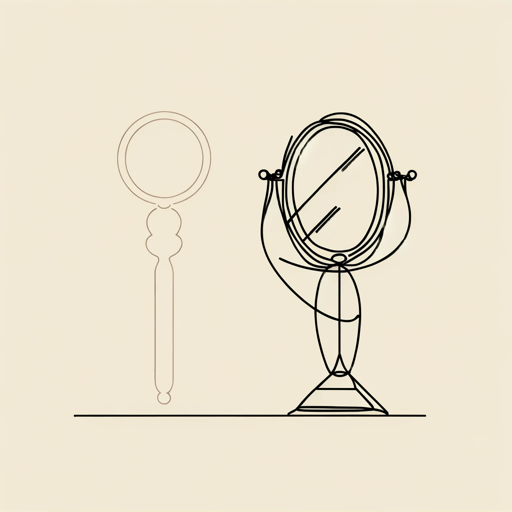30 pages • 1 hour read
Virginia WoolfThe Lady in the Looking Glass
Fiction | Short Story | Adult | Published in 1960A modern alternative to SparkNotes and CliffsNotes, SuperSummary offers high-quality Study Guides with detailed chapter summaries and analysis of major themes, characters, and more.
Summary and Study Guide
Summary: “The Lady in the Looking Glass”
“The Lady in the Looking Glass” is a short story by the English Modernist writer Virginia Woolf, first published in Harper’s Magazine in 1929 and republished in the posthumous 1943 short-story collection A Haunted House and Other Stories. The story explores the themes of perception versus reality, materialism, and the instability of the self through the key motif of a looking glass. Drawing on extensive personification and imagery, the story’s focus on the female protagonist’s inner versus outer life reflects Woolf’s Modernist style.
Virginia Woolf (1882-1941) is recognized as one of the most innovative writers of the Modernist movement. Modernism was an international cultural movement in the first half of the 20th century that advocated a realignment of social and political attitudes to reflect the changing values and experiences of modern industrial life. Woolf’s work reflects Modernist themes and styles, examining the great social, political, technological, and artistic changes in Britain during her lifetime. Woolf wrote numerous short stories and novels using stream of consciousness, an experimental nonlinear, free prose style, as well as essays on literature and society, with a focus on women. Woolf’s innovative narrative style was driven by her desire to explore the inner lives of her characters, following the ebb and flow of thoughts and emotions. Woolf is best known for her novels Mrs. Dalloway (1925) and To the Lighthouse (1927), both of which adopt this approach. The 1929 “The Lady in the Looking glass” is a significant example of the voice and style that Woolf developed over that decade.
This guide refers to an opensource version of the text via the Faded Page e-book catalog. Citations in this guide refer to paragraph numbers.
Content Warning: This guide contains references to depression, mental illness, and suicide.
“The Lady in the Looking Glass” is ambiguously narrated. The narrative effect is of the third-person point of view from the outset, although this shifts into (or is made apparent as) the first person plural midway through. The stream-of-consciousness style follows the inner monologue of an unnamed narrator who observes the reflections captured in a looking glass hanging in the home of Isabella Tyson.
The story opens by noting the “dangers” of hanging a looking glass, which the narrator compares to leaving open a checkbook or confessing to a crime. The scene in the reflection, which can be glimpsed from the drawing room, is of the hallway, the garden beyond it, and part of the outdoor path. The narrator compares observing the house to being a camouflaged naturalist watching “shy creatures”—the furniture in Isabella’s home. The descriptions make clear the extravagance of Isabella’s belongings, giving them social context and using personification to conjure an impression of life. The story muses on the contrast between movement outside and stillness inside and the experience of time in the peacefulness of the scene, a “trance of immortality” (3).
Isabella Tyson, “mistress of the house,” is introduced. Isabella had gone down to the path to the garden half an hour earlier and vanished out of the reflection’s view. The narrator presumes she may be picking flowers, and reflects on which ones would express her personal characteristics, then rejects the comparison of a real woman with a flower as “idle and superficial […] and cruel” (4). The narrator reflects on the unknowableness of the full person and turns to listing facts about her: She is rich, unmarried, well traveled, with a rich life and history peopled with many friends and lovers. The story imagines opening drawers to find letters that are a testament to the remarkable “passion and experience” of her life (4). Her possessions reflect her life and are expressive of her experiences.
The narrator’s musings about Isabella’s imagined life are interrupted by the arrival of a postman, who blocks the reflection in moving past and leaves the post on a marble table. These letters are considered for their potential to reveal an eternal truth or deep knowledge about Isabella’s existence: “those marble-looking envelopes must be cut deep and scored thick with meaning” (6). The interruption of the postman contributes to the narrator’s imagination of Isabella’s life: The narrative forecasts her opening, reading, and locking them away to conceal her private life.
The narrator states that thoughts of concealment serve as a challenge, moving on to set up a paradox: If Isabella wishes to maintain her privacy, the narrator must use “imagination” to reveal her. The narrator describes the things that Isabella shows to the world—her appearance, social behavior, topics of conversation—alongside those things that are not—or cannot—be seen from the outside. The narrator calls this the “profounder state […] happiness or unhappiness.” From the outside, the story asserts, one would assume that Isabella was happy. But it also conjectures that while snipping at the flowers she cuts one accidentally and is saddened because “life is dear to her” (8). Her imagined musings include her own mortality and the fact that she has lived a meaningful life—reflecting on both the “futility and evanescence of things” (8)
Isabella now reappears in the looking glass, slowly coming toward the house. The narrator readjusts the imagined view of her while she was invisible to the real view of her in the glass. Her movement is so gradual that it does not interrupt the natural feel of the reflection in the looking glass. As her figure becomes clearer, the narrator’s perception of Isabella changes. At the climax, the woman herself comes into view in a “pitiless light” and is shown to be “perfectly empty” (9). She is imagined as being without thoughts or friends: The letters are recast as bills. Her appearance is described as old. The final line repeats the first: “People should not leave looking glasses hanging in their rooms” (10).
Related Titles
By Virginia Woolf

A Haunted House and Other Short Stories
Virginia Woolf

A Room of One's Own
Virginia Woolf

Between The Acts
Virginia Woolf

How Should One Read a Book?
Virginia Woolf

Jacob's Room
Virginia Woolf

Kew Gardens
Virginia Woolf

Modern Fiction
Virginia Woolf

Moments of Being
Virginia Woolf
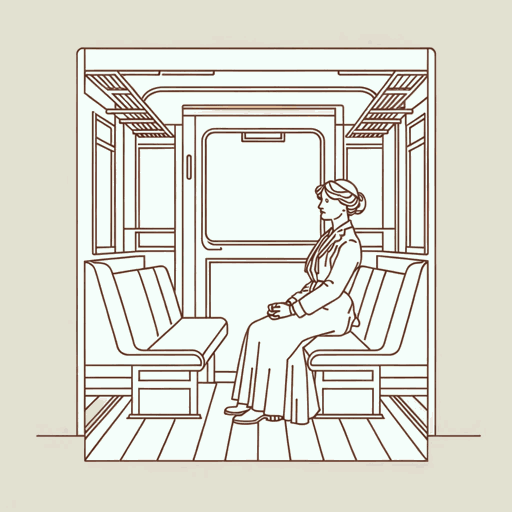
Mr. Bennett and Mrs. Brown
Virginia Woolf
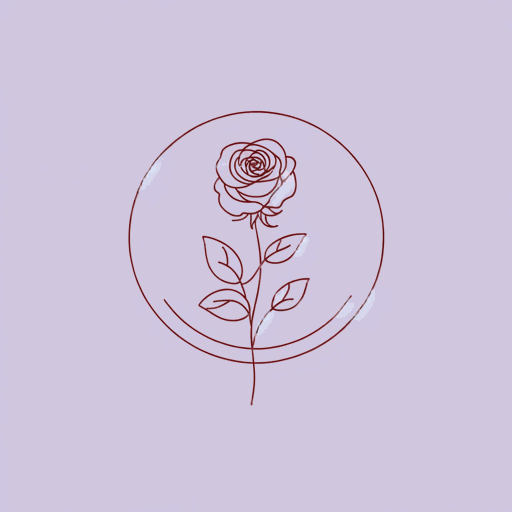
Mrs. Dalloway
Virginia Woolf

Orlando
Virginia Woolf
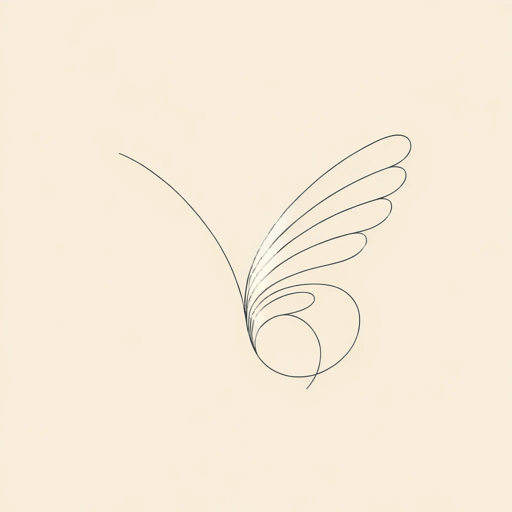
The Death of the Moth
Virginia Woolf
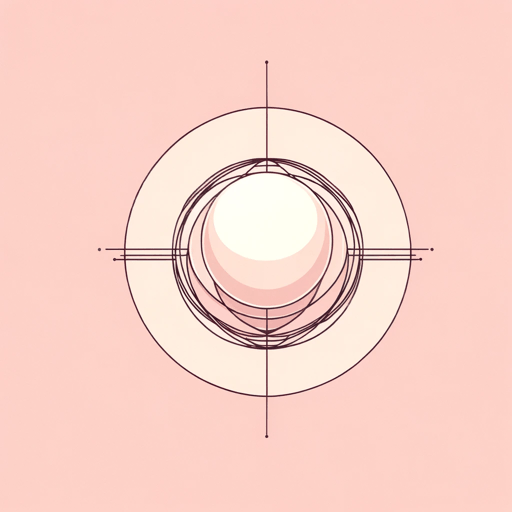
The Duchess and the Jeweller
Virginia Woolf
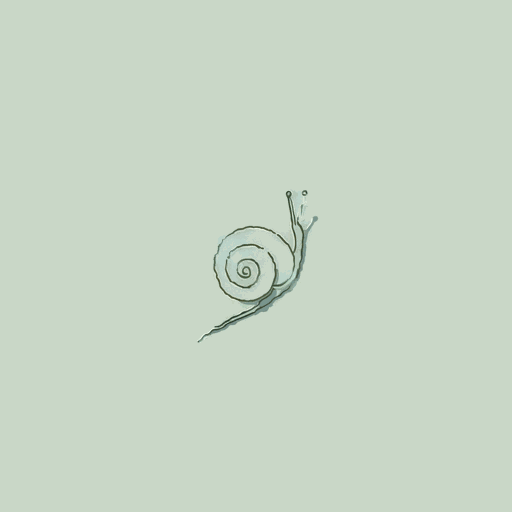
The Mark on the Wall
Virginia Woolf
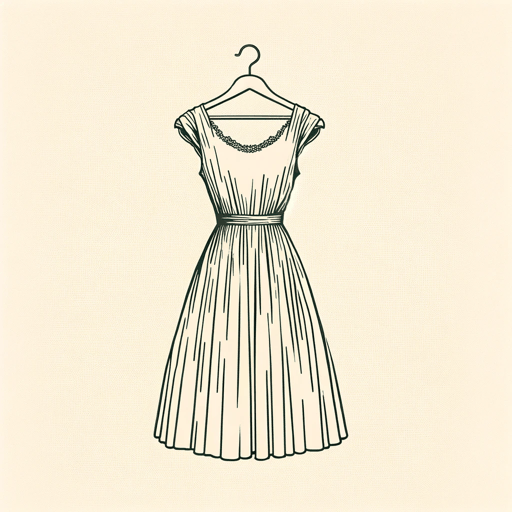
The New Dress
Virginia Woolf

The Voyage Out
Virginia Woolf

The Waves
Virginia Woolf
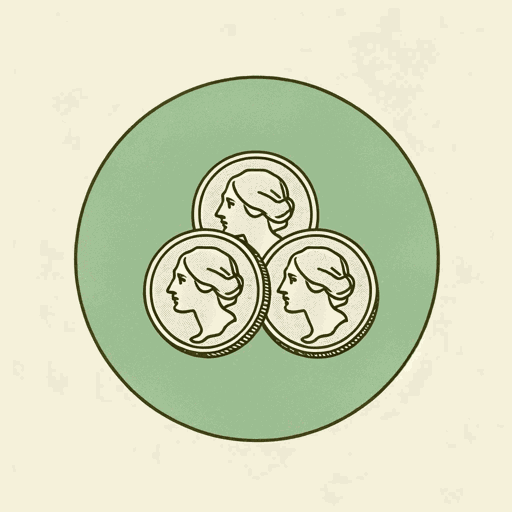
Three Guineas
Virginia Woolf

To the Lighthouse
Virginia Woolf
